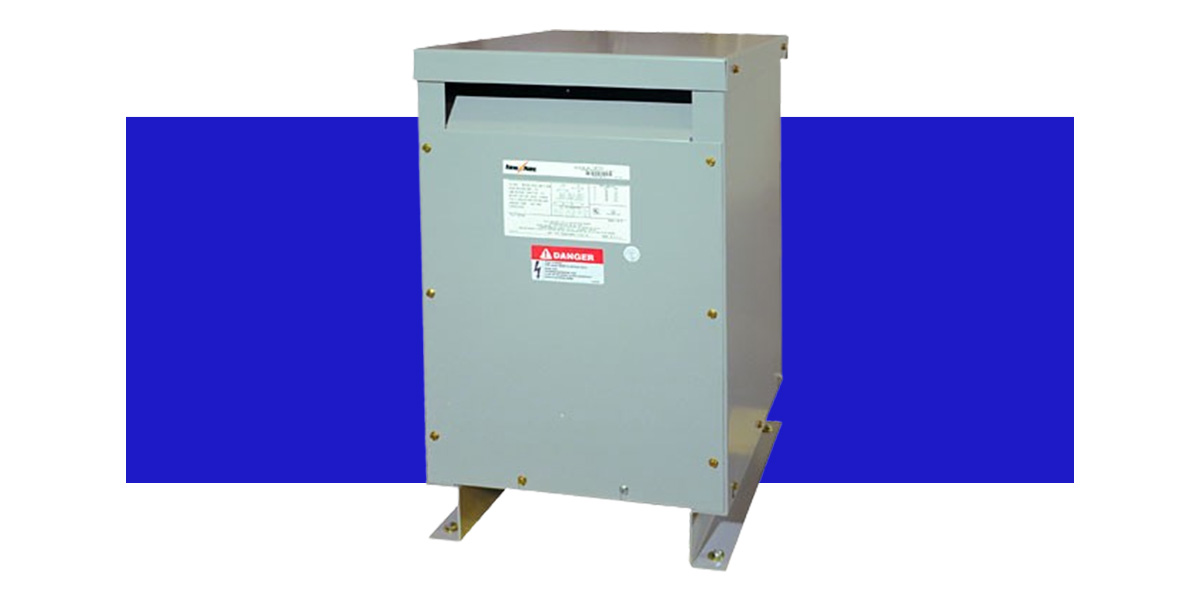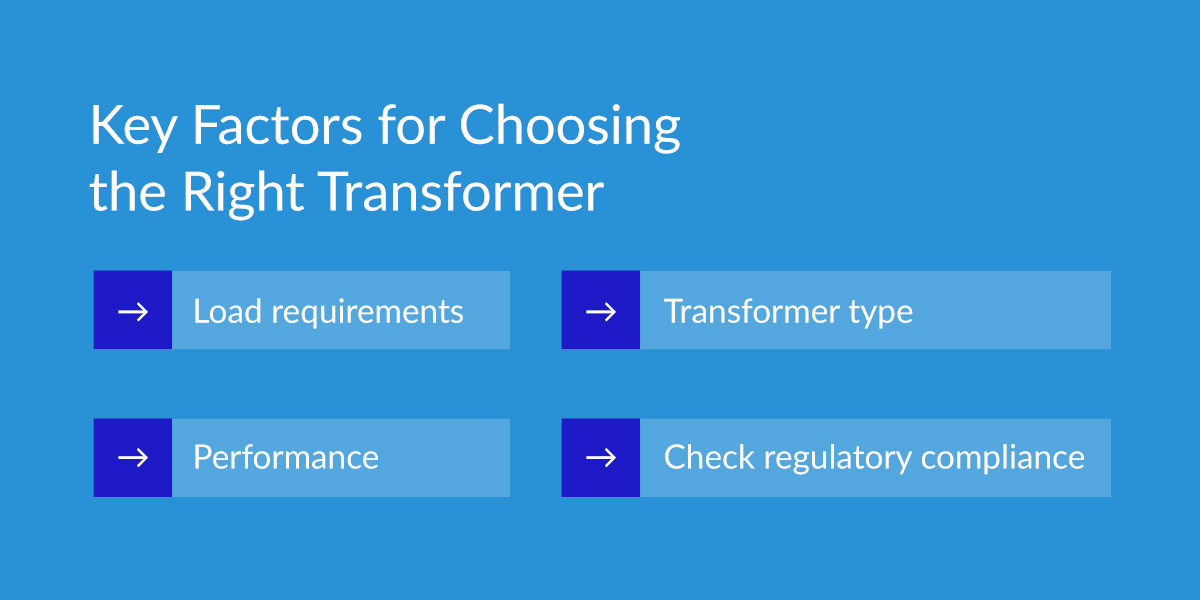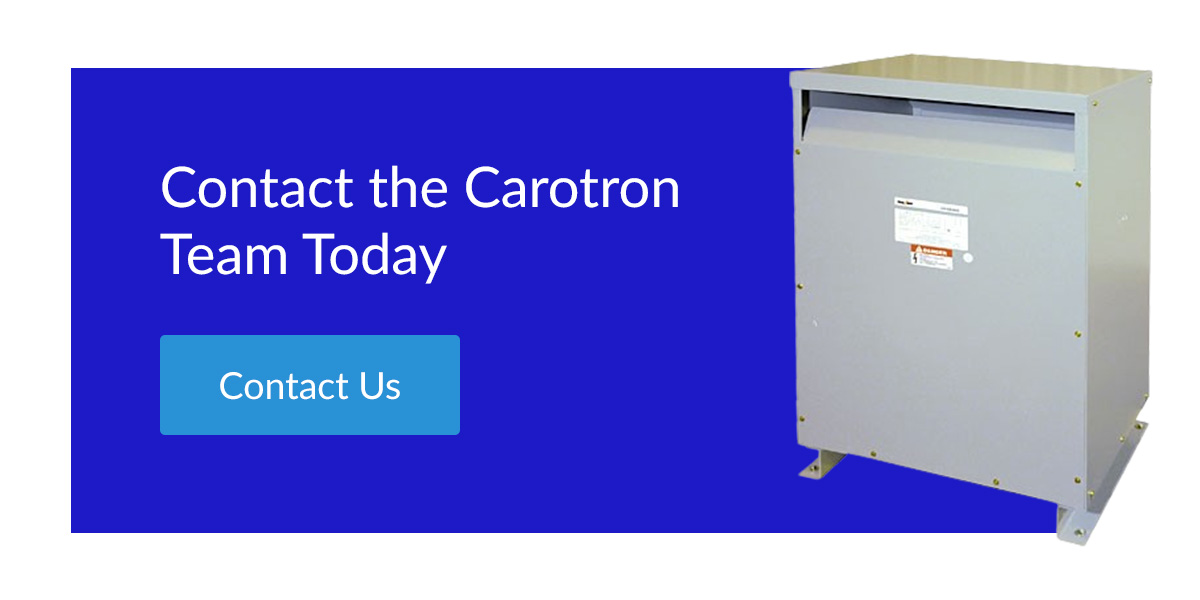Comparison of Air-Cooled and Liquid Cooled Eddy-Current Brakes
January 17, 2012Buy DC Drives: 5 Helpful Hints
January 27, 2012Single Phase vs. Three Phase Transformers

At Carotron, we work to provide fast, reliable information about each piece of equipment and product type we offer. We carry both single phase and three phase transformers for industrial leaders and operators in need of power delivery support. The right product for you will depend on your organization’s individual needs.
There are multiple differences between single phase transformers and three phase transformers. At their most basic level, single phase transformers are designed to be compatible with single phase systems, while three phase transformers provide power to three phase systems. In addition, there are many other factors that separate the two.
Single Phase vs. Three Phase Transformers: What Are the Main Differences?
With a single phase power system, power lines are used as an input source, but there is only one primary and one secondary winding that’s required to achieve the voltage transformation. The single phase transformer, therefore, uses these two windings to transform the voltage.
Single phase transformers come in various models, which differ based on horsepower range, taps, mounting type (such as wall mount), dimensions, KVA and shipping weight. You might see these labeled as ‘240/480 VAC Primary and 120/240 VAC Secondary, 1 PH, 60 Hz” when ordering, and a listing of models available for this type of transformer.
Three phase power works differently in that power is generated by rotating three windings or coils through a magnetic field within the generator. The three windings are spaced apart by 120 degrees, and generate power as they rotate through the magnetic field. The generated power is then sent out on three different lines, which is why it’s called “three phase” power.
For a three phase transformer to work, it must have three windings or coils connected in the proper order to match the incoming voltage. It then transforms the incoming voltage to the voltage level needed while maintaining proper polarity and phasing.
Single Phase Applications
Before deciding between single phase and three phase electrical transformers, it’s first important to understand when or how to use each option. When is a single phase transformer relevant versus a three phase option?
Residential and Business Uses
Single phase transformers can be very beneficial for residential and small business applications. These transformers are ideal for devices like microwaves, lighting systems, refrigerators and computers. This means that in a business setting with lots of large machinery, a single phase transformer may be more relevant for the office space, rather than for your large equipment.
When choosing a single phase transformer, it’s essential to consider both the voltage ratings and load capacities. The load capacities should match the combined power requirements of all connected devices. This means that after calculating the total wattage of your appliances, you should get a transformer that can handle the load to ensure efficiency and safety in operation.
Single Phase to Three Phase Conversions
Single phase to three phase transformer conversions are essential for situations where the power demands exceed the capacity of a single phase system. This can be very useful in industrial settings where heavy machinery requires more substantial power delivery for performance and efficiency.
A single phase to three phase conversion is also necessary for:
- Upgrading equipment
- Increasing load requirements
- When three phase power can be more efficient for operational needs
Three Phase Power for Industrial Applications
Industrial loads are best powered by three phase electricity for efficiency purposes. Three phase power helps heavy duty equipment to operate more smoothly because the voltage can be transmitted for long distances using a smaller conductor. If single phase power is needed, it can be harnessed between any two phases within a three phase system.
Single phase power can be implemented between the ground and just one of the phases in some applications. Using three conductors in a three phase transformer can provide approximately 170 percent more power than a single phase transformer, which only has two conductors.
How Three Phase Transformers Work
Three phase transformers have a three-section iron core, with each section having a primary and secondary coil or winding. At the plant, the three primary coils are connected to provide the proper polarity or sequence. The configuration of the primary three windings is called “Delta.” The three secondary windings are also connected at the plant but these will be configured as either “Delta” or “Wye” depending on the voltage requirements.
Like single phase transformers, three phase transformers come in various models and can be differentiated by KVA, Taps, horsepower range, mounting (such as wall or floor mount), dimensions and weight. These may be labeled similar to the following when ordering, “460 VAC Primary, 230 VAC Secondary, 3 Ph., 60 Hz.”
How to Choose the Right Transformer

Selecting a transformer requires considering several factors to ensure your power supply is reliable and efficient. While there are many, the key factors to take into account are:
- Load requirements: How much total power does your equipment and machinery need the transformer to supply? Understanding load requirements helps you select a transformer that can handle the expected electrical load without overheating or failure.
- Performance: A transformer with good performance will provide you with consistent voltage output while minimizing energy losses. This includes voltage regulation, load loss and temperature rise, all of which determine how well the transformer can maintain a stable operation under different load conditions.
- Transformer type: Decide if you need to increase or decrease your voltage. As highlighted, single phase transformers are ideal for residential and small business applications while three phase transformers can work well in industrial settings.
- Check regulatory compliance: It's essential to do your research and adhere to your local and national laws and guidelines regarding transformers. For example, PCB transformer owners need to register with the U.S. Environmental Protection Agency (EPA) before operating.
Why Do We Use Three Phase Instead of Single Phase?
Three phase transformers are much more efficient for industrial applications. Single phase transformers are most commonly used in residential settings for heating, air conditioning, lighting and home applications. They are less productive when it comes to high-power industrial machinery and systems.
Large motors and other devices can benefit the most from a three phase transformer. While these transformers often work with high-voltage systems, they are capable of handling smaller or single phase applications. Converting to three phrase motors offers high-efficiency power distribution capabilities.
Single Phase Motor vs. Three Phase Motor: What's the Advantage of the Latter?
Three phase motors have a wide range of advantages over single phase motors, including:
- Continuous power delivery: A single phase motor is a type of DC-operated system that often offers pulsating power delivery. This allows the power to change levels or be interrupted at different intervals. Three phase power is continuous and constant, which makes it much smoother and more efficient for demanding applications.
- Improved efficiency: Three phase motors offer higher outputs in a smaller size than single phase motors. These strong pieces of equipment often come with self-starting capabilities, which allows industrial workers to make the most of their time with continued use. Three phase motors are suited to fast-paced environments while still delivering the desired performance.
- Increased cost-effectiveness: While three phase motors are increasingly powerful and fast, they also provide relative affordability in comparison to single phase motors. The lower costs combined with a strong performance may make them more cost-effective over the long term. This is ideal for organizations looking to cut down on costs.
- Simple parallel operation functions: It’s easier to conduct parallel operations with three phase motors than with single phase motors. If you operate with three phase systems, you’ll have the ability to easily connect multiple transformers to one load.
Loads and Transformers
The type of transformer being used depends on the load. For three phased loads, there must be a three phase supply and transformer. The supply can be either single or three phase with a single phase load; however, the transformer must be single phase and have a connection between the primary and two lines on the three phase circuit. If you’re in need of single or three phase transformers for your application, check out Carotron’s “Transformers” sections below:
Why Choose Carotron for All Your Transformer Needs?
If you’re looking for the right transformer, Carotron can help. We have extensive expertise, experience and customization options to help you find the most suitable solution.
In addition, our dedicated support team has deep knowledge and understanding of transformer technology. We understand the intricacies of transformer efficiency and performance and will be able to help you choose a reliable solution for your needs.
Contact the Carotron Team Today
If you need assistance choosing the best transformer for your needs, feel free to contact our team of friendly, highly knowledgeable representatives. Contact us online to get a quote or speak to one of our dedicated support staff.

